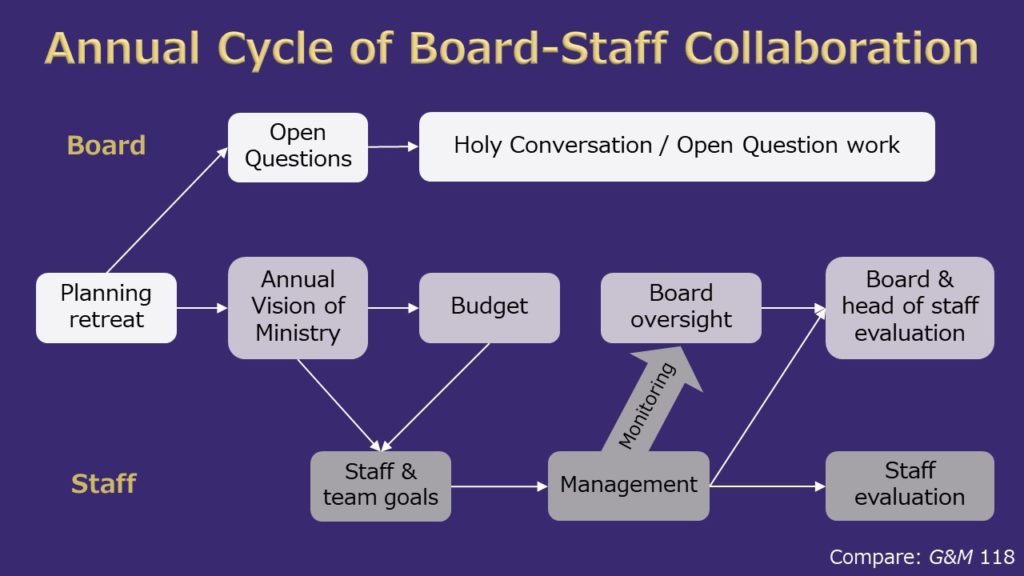
A congregation I love is in the throes of recasting itself.
It has known who it is for decades—a healthy, largely well-to-do mix of young and old members who have learned from each other and loved each other while worshipping in a traditional form and leaning in a progressive direction. But now this solid, celebrated congregation is not working as well as it used to. Attendance was down even before the pandemic, the number of giving units is down, there are fewer young families, and of course no one knows whether people will return post-COVID. Members are beginning to sense that something must change.






